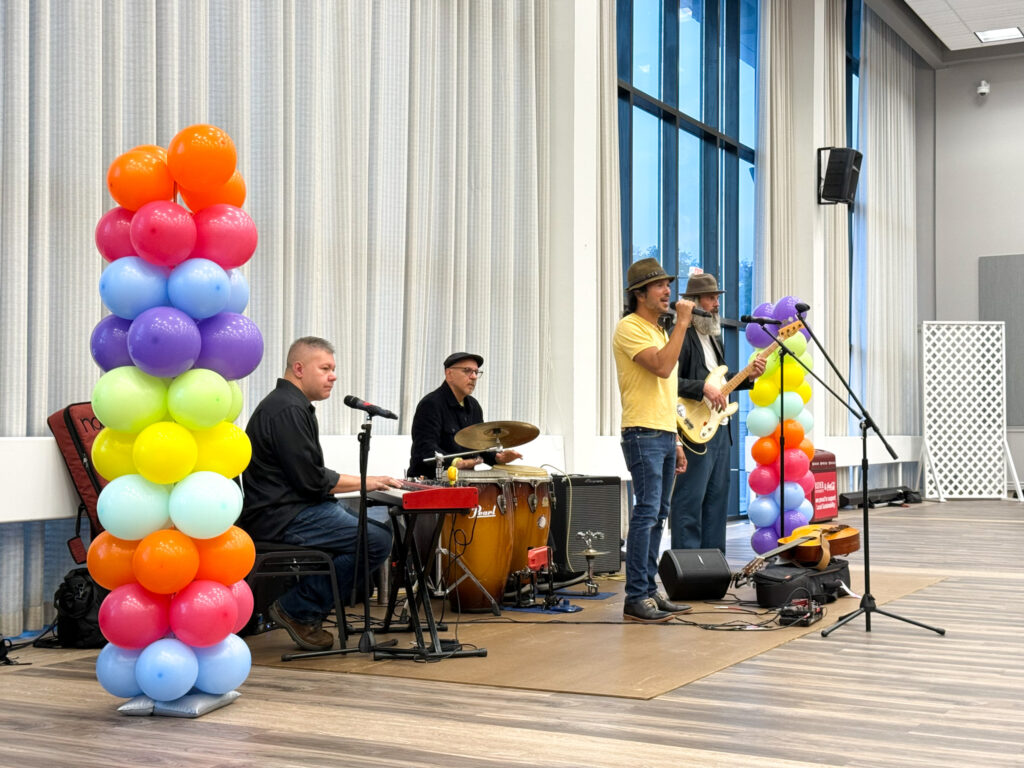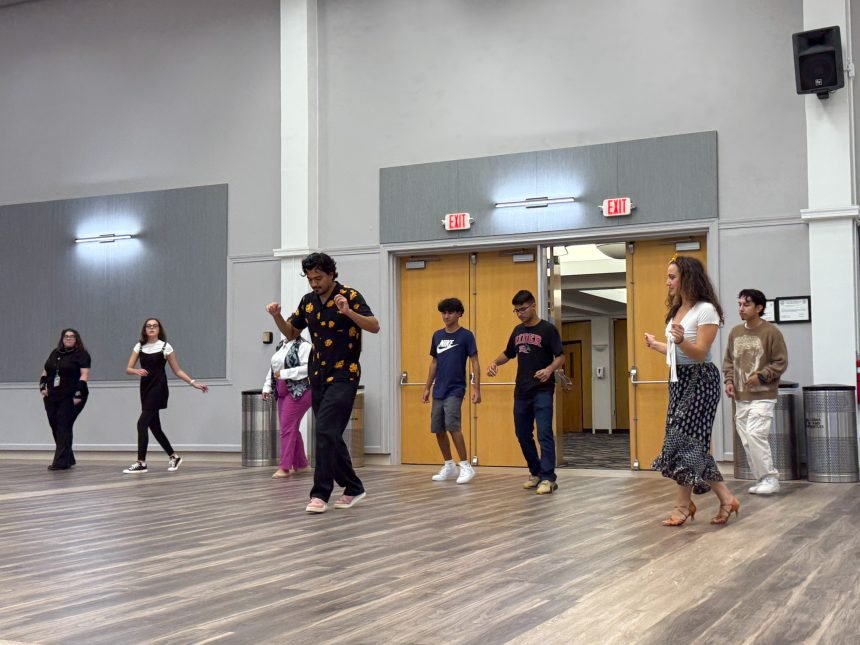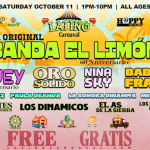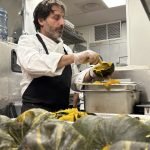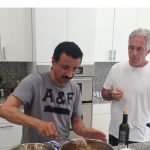By Jasmine White
SAVORY aromas and Latin music enveloped the Cavalla Room, as students followed the sweet sounds and melodies to the Center of Diversity and Inclusion’s Latin Beats and Eats celebration to honor Hispanic Heritage Month.
On Sept. 22, Jasmine Johnson, the director of the CDI, invited the Pasofino Social Club, a group of musicians and dancers, to bring live music, Hispanic dishes and group dance lessons to Rider.
Freshman music production major Jacobo “Jacob” Maja came to the event with some friends, and was greeted at the door by Lazaro Alvarado, the dance instructor, and Jackie Fedora, his dance assistant, who were ready to teach a group of students and faculty how to dance salsa and bachata.
“Having this whole function hosting activities like salsa, [reminds me] of my home country [in Colombia],” Maja said. “Having this type of food really brings me back to that cozy feeling of being home.”
The Cavalla Room was lined with chips and salsa, empanadas and jalapeño poppers, alongside refreshing beverages like aguas frescas , iced tea and water. To top off the meal churros, a deep-fried dough pastry coated in cinnamon, sugar was offered to attendees.
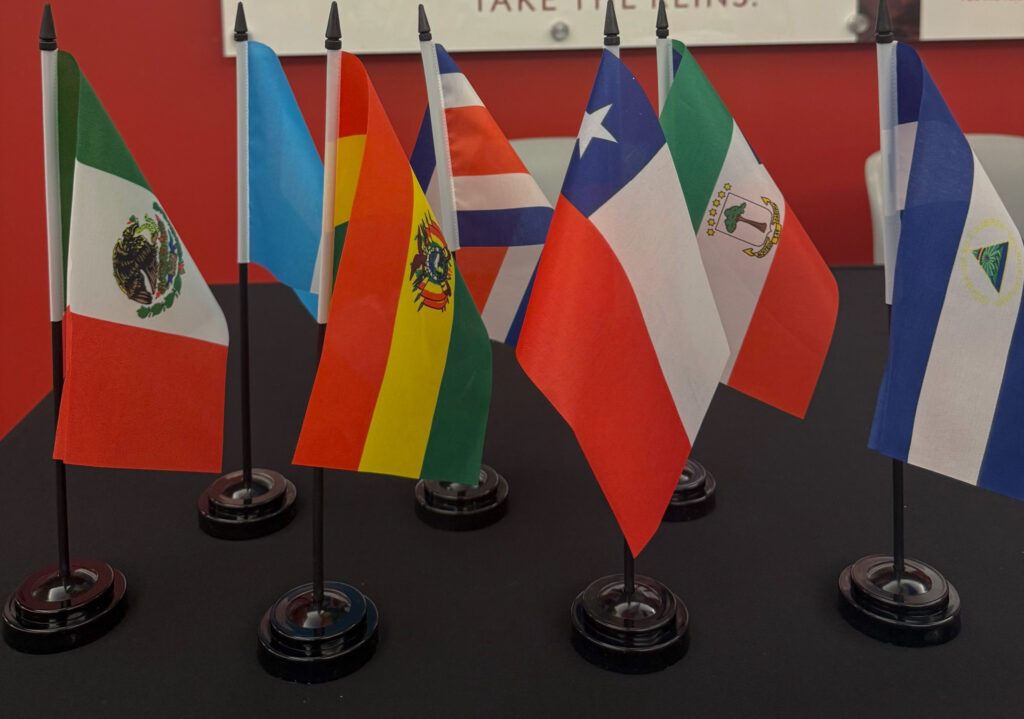
There was an array of standing tables with the flags of different Latin countries positioned on top of a colorful array of blue, orange and yellow flower decorations.
Maja expressed how the music and the live instruction of merengue, bachata and salsa dances is a key part of his life and what he was accustomed to growing up. Maja is bilingual in Spanish and English, so the Spanish music really caught his interest upon entering the venue.
“I feel really proud to see people actually try to learn it because it is very beautiful,” Maja said.
Two members from Pasofino, Rich Zurkowski and Rick Reyes, explained the importance of educating people about Hispanic culture “beyond the surface” of just dancing and food.
“We’re here to celebrate Hispanic Heritage Month which is from Sept.15 to Oct. 15, and we try to cover a lot of ground by playing songs from different parts of Latin America,” Reyes said. “The ‘Hispanic’ term is a big wide term because it has a lot of little intricacies beneath that.”
The group played “Brujeria,” by El Gran Combo de Puerto Rico and “Algo Que Se Quede” by Salsa Brava to complement the group dance sessions. The musicians, led by Reyes, played on instruments such as the Cuban guiro, conga drums, a piano and a variation of guitars.
Alvarado often encouraged the dance volunteers to feel the music and “don’t be afraid to move your hips.”
Fedora and Alvarado took turns dancing with students one-on-one to get better instruction on how to feel the rhythm when moving their feet to the beat of the music, allowing their bodies to follow the flow of their movements.
“We try to let kids know, particularly that there is a lot of years [to the Latin culture],” Reyes said. “Our culture has just been brought down to salsa and music and just shaking your hips and dancing, and I think there is [more to learn] than that.”
The CDI will be hosting more events throughout the rest of Hispanic Heritage Month to shed light on the contributions and culture of Latin Americans, like the Tied to my Roots interactive pop-up on Oct. 3 and Fichas y Cultura, a dominoes tournament, on Oct. 6.
